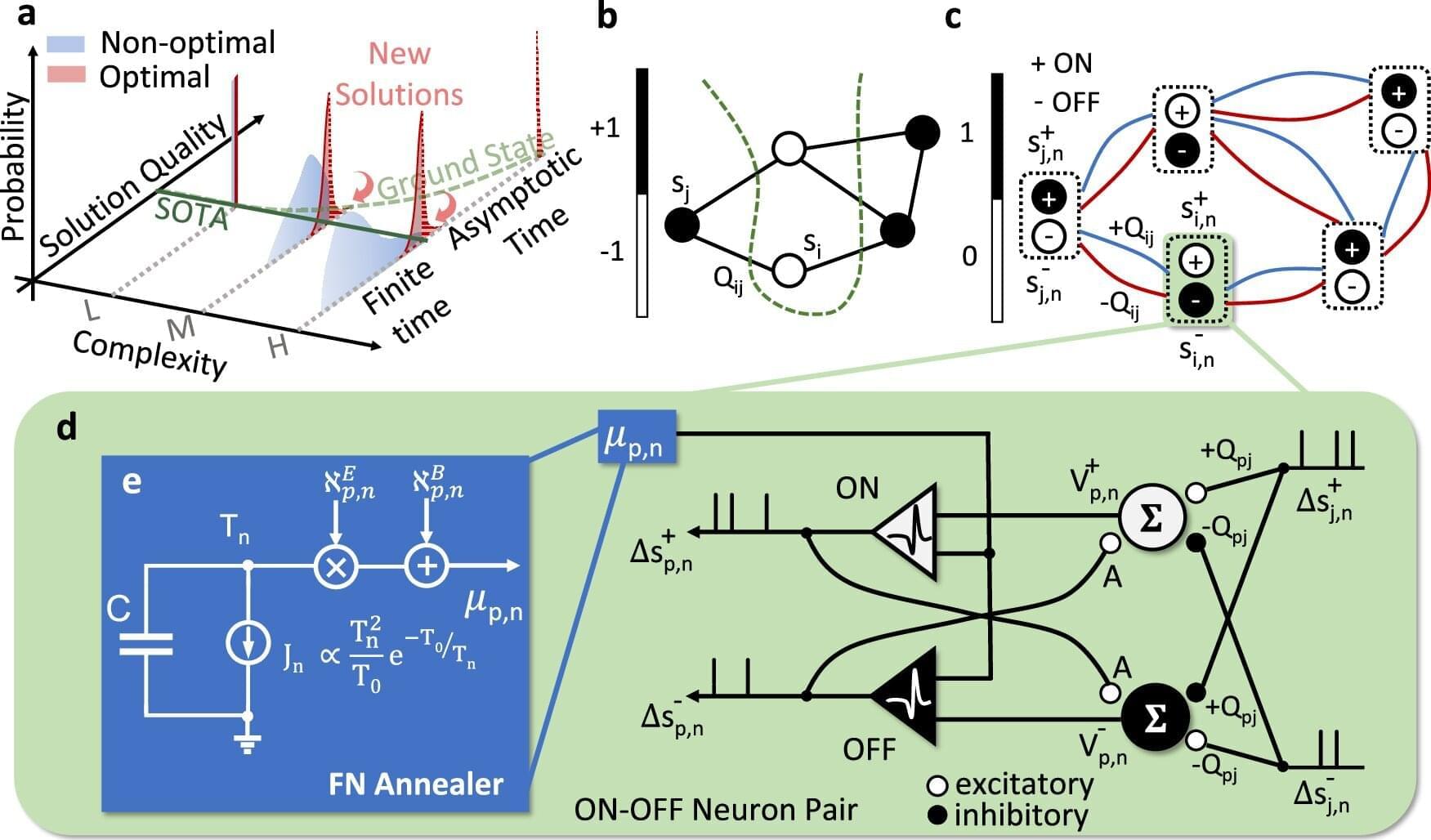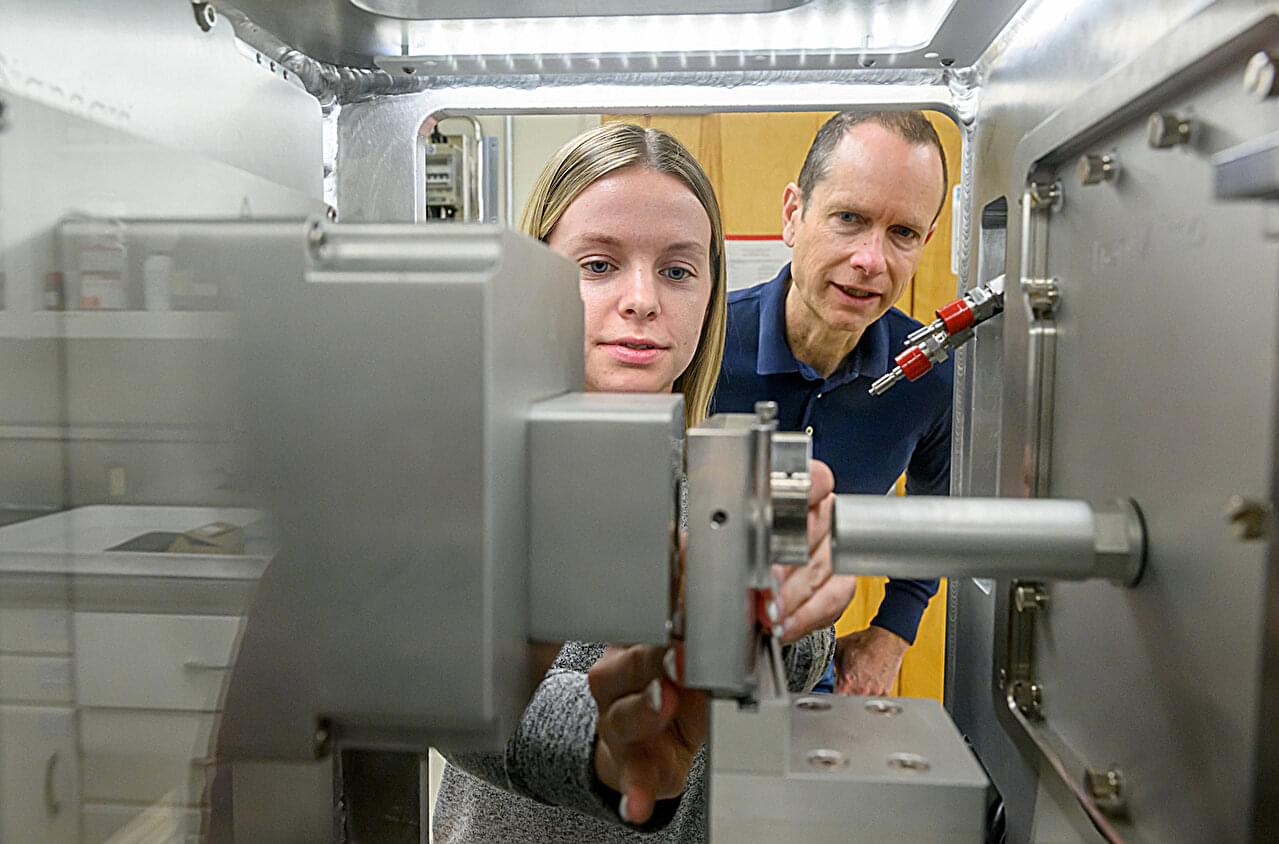The biological computer system can stay alive for up to six months and is compatible with USB devices.



Author summary Humans exhibit a remarkable ability to regulate their actions in response to changing environmental demands. An essential aspect of action regulation is action inhibition that occurs when stopping unwanted or inappropriate actions. However, everyday life rarely calls for complete inhibition of responses without switching behavior to adapt to new situations. Despite extensive research to understand how the brain switches actions, the computations underlying the switching process and how it relates to the selecting and stopping processes remain elusive. Part of this challenge lies in the fact that these processes are rarely studied together, making it difficult to develop a unified theory that explains the computational aspects of the action regulation mechanism. The current study aims to delineate the computations underlying action regulation functions that involve inhibitory control, explore how these functions interrelate, and how they can be implemented within brain networks, opening new avenues for future neurophysiological investigations.

QIMR Berghofer-led research has shown that new advanced computational prediction tools can improve the accuracy of genetic testing for families affected by an inherited condition that significantly increases their risk of developing cancer, paving the way to better targeted care.
The findings have been published in the American Journal of Human Genetics alongside complementary studies by international collaborators, which together show how incorporating the new computational biology tools with existing modeling methods improved the predictive power of genetic test results.
Computational tools are used to predict if and how a genetic variant is likely to impact the function of the protein encoded by the gene.


It’s easy to solve a 3×3 Rubik’s cube, says Shantanu Chakrabartty, the Clifford W. Murphy Professor and vice dean for research and graduate education in the McKelvey School of Engineering at Washington University in St. Louis. Just learn and memorize the steps then execute them to arrive at the solution.
Computers are already good at this kind of procedural problem solving. Now, Chakrabartty and his collaborators have developed a tool that can go beyond procedure to discover new solutions to complex optimization problems in logistics to drug discovery.
Chakrabartty and his collaborators introduced NeuroSA, a problem-solving neuromorphic architecture modeled on how human neurobiology functions, but that leverages quantum mechanical behavior to find optimal solutions—guaranteed—and find those solutions more reliably than state-of-the-art methods.

To understand what drives disease progression in tissues, scientists need more than just a snapshot of cells in isolation—they need to see where the cells are, how they interact, and how that spatial organization shifts across disease states. A computational method called MESA (Multiomics and Ecological Spatial Analysis), detailed in a study published in Nature Genetics, is helping researchers study diseased tissues in more meaningful ways.
The work details the results of a collaboration among researchers from MIT, Stanford University, Weill Cornell Medicine, the Ragon Institute of MGH, MIT, and Harvard, and the Broad Institute of MIT and Harvard, and was led by the Stanford team.
MESA brings an ecology-inspired lens to tissue analysis. It offers a pipeline to interpret spatial omics data—the product of cutting-edge technology that captures molecular information along with the location of cells in tissue samples. This data provides a high-resolution map of tissue “neighborhoods,” and MESA helps make sense of the structure of that map.

Combinatorial optimization problems (COPs) arise in various fields such as shift scheduling, traffic routing, and drug development. However, they are challenging to solve using traditional computers in a practical timeframe.
Alternatively, annealing processors (APs), which are specialized hardware for solving COPs, have gained significant attention. They are based on the Ising model, in which COP variables are presented as magnetic spins and constraints as interactions between spins. Solutions are obtained by finding the spin state that minimizes the energy of the system.
There are two types of Ising models, the sparsely-coupled model and the fully-coupled model. Sparsely-coupled models offer high scalability by allowing more spins, but require COPs to be transformed to fit the model. Fully-coupled models, on the other hand, allow any COP to be mapped directly without transformation, making them highly desirable.

An atomic clock research team from the National Time Service Center of the Chinese Academy of Sciences has proposed and implemented a compact optical clock based on quantum interference enhanced absorption spectroscopy, which is expected to play an important role in micro-positioning, navigation, timing (μPNT) and other systems.
Inspired by the successful history of the coherent population trapping (CPT)-based chip-scale microwave atomic clock and the booming of optical microcombs, a chip-scale optical clock was also proposed and demonstrated with better frequency stability and accuracy, which is mainly based on two-photon transition of Rubidium atom ensemble.
However, the typically required high cell temperatures (~100 ℃) and laser powers (~10 mW) in such a configuration are not compliant with the advent of a fully miniaturized and low-power optical clock.

A squishy, layered material that dramatically transforms under pressure could someday help computers store more data with less energy.
That’s according to a new study by researchers at Washington State University and the University of North Carolina at Charlotte that shows a hybrid zinc telluride-based material can undergo surprising structural changes when squeezed together like a molecular sandwich. Those changes could make it a strong candidate for phase change memory, a type of ultra-fast, long-lasting data storage that works differently than the memory found in today’s devices and doesn’t need a constant power source.
The research was made possible by a X-ray diffraction system that was acquired in 2022. This specialized equipment lets researchers observe tiny structural changes in the material as they happened—all from WSU’s Pullman campus. Usually, these kinds of experiments require time at massive national facilities like the Advanced Light Source at Berkeley National Laboratory in California.

Researchers at the University of Pittsburgh have created a groundbreaking tissue engineering platform using 3D-printed collagen scaffolds called CHIPS.
By mimicking natural cellular environments, they enable cells to grow, interact, and form functional tissues — a major step beyond traditional silicone-based microfluidic models. The platform not only models diseases like diabetes but could also replace animal testing in the future. Plus, their designs are freely available to fuel broader scientific innovation.
3D bioprinting: turning science fiction into science reality.